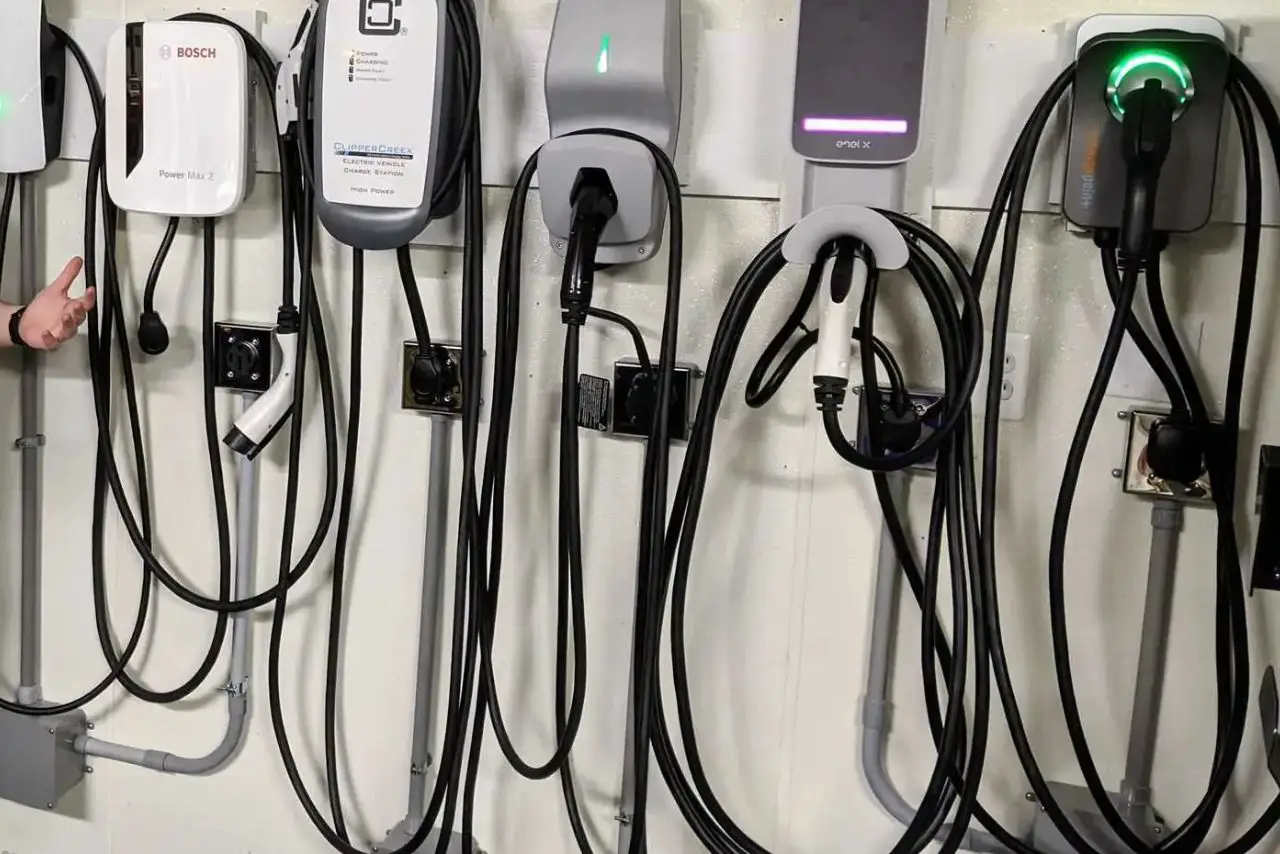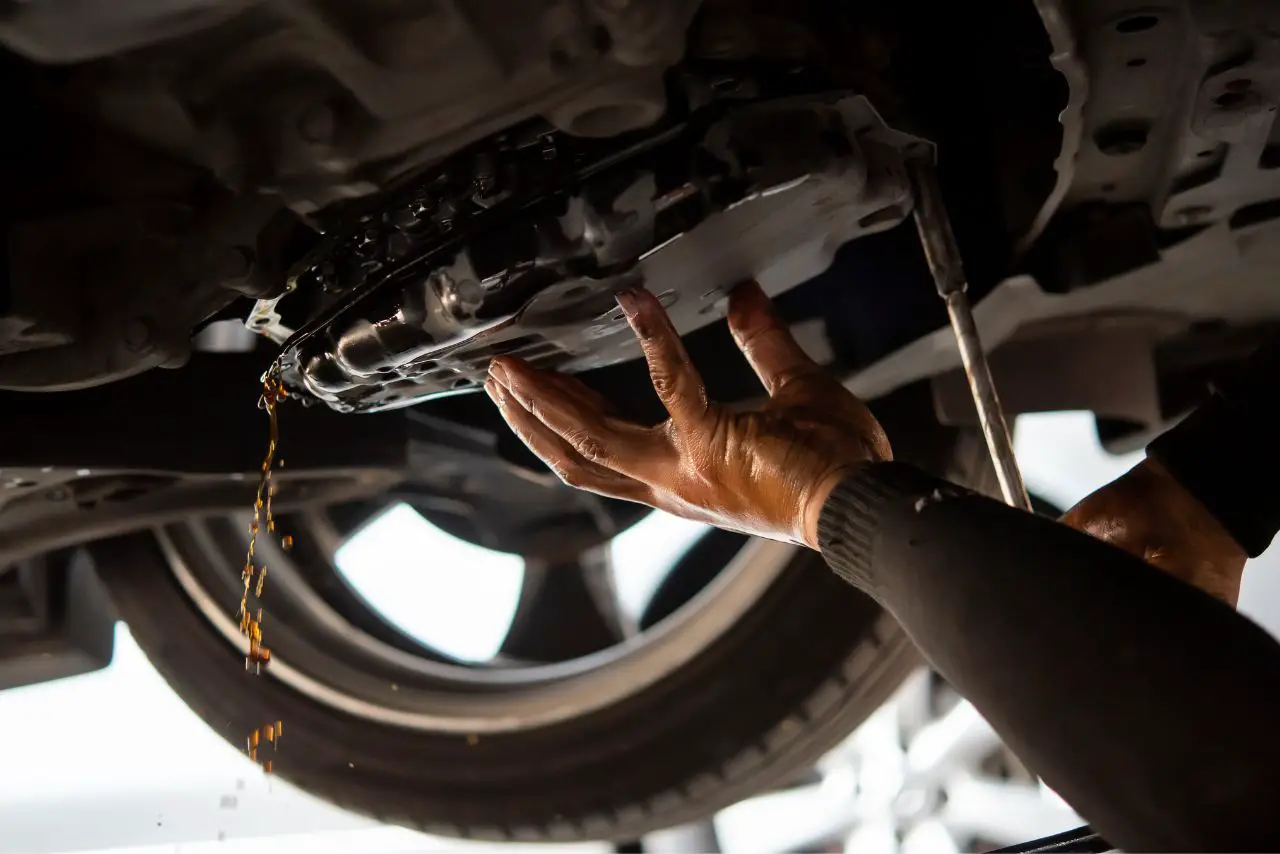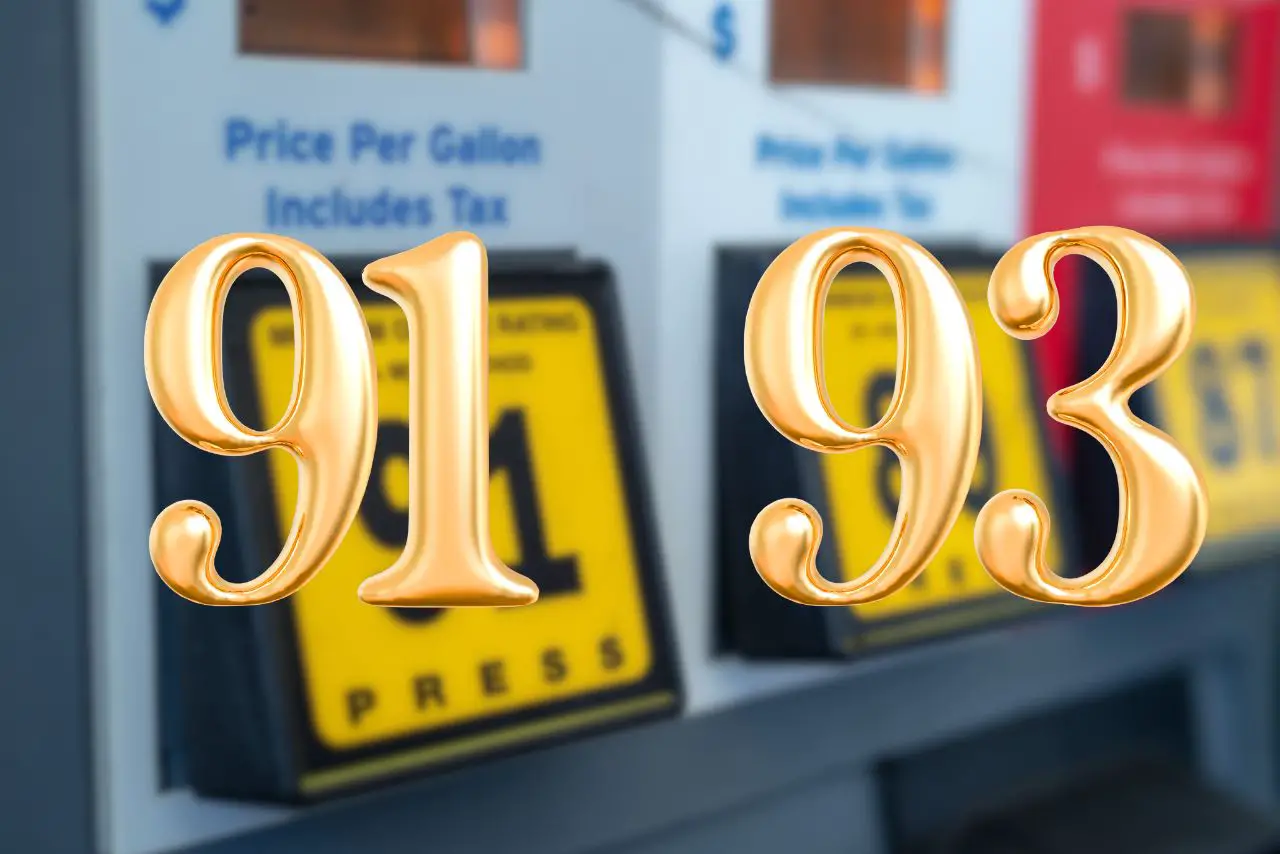If you’ve recently purchased a Tesla, congratulations! You’re now the proud owner of one of the most advanced electric vehicles on the market.
However, one of the most important considerations for EV ownership is charging, and you may be wondering which charging option is best for you: the Tesla Wall Connector Vs Mobile Connector.
Wall Connector
The Tesla Wall Connector is a hardwired charging solution that provides the fastest charging speeds for your Tesla.
It’s designed to be permanently installed in your garage or parking space, and it can charge your vehicle up to 44 miles of range per hour.
Mobile Connector
On the other hand, the Mobile Connector is a portable charging option that comes standard with every Tesla, allowing you to charge your vehicle from any standard 120-volt or 240-volt outlet.
While it’s not as fast as the Wall Connector, it’s much more versatile and can be used anywhere you have access to an outlet.
In this article, we’ll take a closer look at both options and help you determine which one is right for your charging needs.
Understanding Your Charging Needs
You’ll want to figure out how much charging you need and how often you’ll be using your Tesla before deciding between the wall connector and mobile connector.
The charging infrastructure available to you is also something to consider. If you have access to a reliable charging station, you might want to opt for the mobile connector.
However, if you’re planning on using your Tesla as your primary mode of transportation, the wall connector might be a better choice.
Another factor to consider when deciding between the two connectors is your electric vehicle range. If you have a long commute or frequently take road trips, the wall connector will be more beneficial since it can charge your Tesla faster.
The mobile connector is more appropriate for those who only use their Tesla for short trips and have a charging station nearby.
Tesla Wall Connector
When considering a charging solution for your Tesla, the Tesla Wall Connector is a popular choice.
Installation and cost will depend on your home’s electrical setup, but generally, the Wall Connector is a hardwired option that requires professional installation.
Charging times will vary based on your Tesla model and the amount of power the Wall Connector can provide.
It’s important to ensure compatibility with your Tesla before purchasing the Wall Connector.
Installation and Cost
Installing a Tesla Wall Connector may require professional help, but it could save you money in the long run compared to using the Mobile Connector for daily charging.
The installation process for the Wall Connector involves mounting the unit on a wall, running electrical wiring from the breaker panel to the unit, and connecting the power source to the unit.
The electrical requirements for the Wall Connector are relatively straightforward it needs a 60-amp circuit breaker and 240-volt circuit to operate.
While the installation cost for the Wall Connector may seem steep initially, it will pay off in the long run.
The Wall Connector can charge your Tesla vehicle much faster than the Mobile Connector, which means that you can spend less time waiting for your vehicle to charge and more time on the road.
Charging Time
Get ready to hit the road faster than ever with the speedy charging time of the Tesla Wall Connector.
This powerful device can charge your Tesla vehicle up to 90 miles in just one hour, making it one of the fastest charging options on the market.
But that’s not all – here are some other benefits of fast charging with the Tesla Wall Connector:
- You’ll spend less time waiting around and more time on the road, giving you the freedom to explore new places and take longer trips.
- Fast charging can help extend the life of your battery, as it reduces the amount of time it spends at high temperatures.
- You can charge your vehicle overnight and wake up to a fully charged battery, ready to take on the day.
- The Tesla Wall Connector is easy to use and can be installed in your home or workplace, providing convenient access to fast charging whenever you need it.
It’s important to note that charging time can be impacted by temperature. In colder weather, charging time may increase due to the battery’s reduced efficiency.
Compatibility with Your Tesla Model
You’ll be pleased to know that the Tesla vehicle you own is likely compatible with the Tesla Wall Connector, giving you access to fast and convenient charging right at home or work.
The Wall Connector is designed to work with all Tesla models, and can deliver up to 44 miles of range per hour of charge.
This means that if you have a long commute or frequently take road trips, the Wall Connector can help you keep your vehicle charged and ready to go at all times.
In contrast, the Mobile Connector that comes with your Tesla is also compatible with all Tesla models, but it is not as fast as the Wall Connector.
The Mobile Connector can deliver up to 30 miles of range per hour of charge, which is still impressive and can be a good option for many Tesla owners.
Mobile Connector
If you’re looking for a portable and convenient way to charge your Tesla, the Mobile Connector is a great option. With the ability to plug into a standard 120V or 240V outlet, it’s easy to use wherever you go.
The charging time will vary depending on the outlet you use, but it’s generally slower than the Tesla Wall Connector.
It’s important to check compatibility with your Tesla model before purchasing the Mobile Connector to ensure it will work with your specific vehicle.
Portability and Convenience
For a more convenient and portable option, consider the mobile connector instead of the Tesla wall connector.
While the wall connector offers faster charging speeds and permanent installation, the mobile connector offers flexibility and ease of use.
Here are five reasons why the mobile connector might be the better choice for you:
- Portability: The mobile connector is lightweight and compact, making it easy to take with you on the go. You can easily bring it with you on road trips or to other locations where you may not have access to a permanent charging station.
- Convenience: With the mobile connector, you don’t have to worry about the hassle of installation. Simply plug it into an available outlet and start charging your Tesla. This can save you time and money compared to installing a permanent charging station.
- Versatility: The mobile connector can be used with a variety of outlets, including NEMA 14-50, NEMA 6-50, and NEMA 5-15. This means you can use it with different types of electrical systems, making it a versatile option for various situations.
- Affordability: The mobile connector is a more affordable option compared to the Tesla wall connector. This can be especially beneficial if you’re on a budget or if you don’t need the faster charging speeds that the wall connector provides.
- Backup option: If your permanent charging station is ever out of commission, the mobile connector can serve as a backup option. This can give you peace of mind knowing that you have a backup plan in case of emergencies.
Overall, the mobile connector is a great option for those who value portability and convenience over installation cost and charging speeds.
Charging Time
Charging your electric vehicle can take some time, but with a proper charging infrastructure, you can reduce the amount of time spent waiting for your car to charge.
When it comes to comparing the Tesla Wall Connector and the Mobile Connector, charging time is a crucial factor to consider.
The Wall Connector is a stationary charging device that offers faster charging times than the Mobile Connector.
To give you an idea of the difference in charging times between the two, here’s a table that compares the charging speeds of the Tesla Wall Connector and the Mobile Connector:
| Tesla Wall Connector | Mobile Connector |
|---|---|
| Up to 44 miles of range per hour | Up to 30 miles of range per hour |
| Can fully charge a Model S in 4-6 hours | Can fully charge a Model S in 8-12 hours |
Compatibility with Your Tesla Model
You’ll want to make sure that the charging device you choose is compatible with your Tesla model, as not all chargers work with every vehicle.
The Tesla wall connector is compatible with all Tesla models, allowing for efficient charging at up to 48 amps.
The mobile connector, on the other hand, has different charging capacities depending on the model.
For example, the mobile connector that comes with the Model S and Model X can charge at up to 40 amps, while the one that comes with the Model 3 can only charge at up to 32 amps.
Comparing Charging Speeds
When it comes to charging your Tesla, you have a few options to choose from. The Tesla Wall Connector and Mobile Connector are two popular choices, but there are also other charging options available.
To help you make the best decision for your needs, it’s important to compare the charging speeds of each option.
Tesla Wall Connector
The Tesla Wall Connector is a convenient and sleek way to charge your electric vehicle at home. Here are some advantages and disadvantages to consider before purchasing and installing one:
Advantages:
- Faster charging times than the Mobile Connector, up to 44 miles of range per hour.
- Can be customized to match the color of your Tesla vehicle.
- Can be set up for multiple Tesla vehicles to charge at the same time.
- Comes with a 24-foot cable for added flexibility.
- Can be controlled and monitored through the Tesla mobile app.
- Disadvantages:
- Higher cost than the Mobile Connector, starting at $500.
- Requires professional installation by a licensed electrician.
- May require additional upgrades to the electrical panel and wiring in your home.
- Only compatible with Tesla vehicles, limiting its use for other electric vehicles.
- May not be necessary for those who only need to charge their vehicle overnight and have time to charge with the Mobile Connector.
Overall, the Tesla Wall Connector is a great option for those who want faster charging times and the convenience of controlling and monitoring their charging sessions through the Tesla mobile app.
Mobile Connector
If you’re looking for a convenient and portable way to charge your electric vehicle, the Mobile Connector might be the perfect solution for you. This device allows you to charge your Tesla Model S or X on the go, wherever you are.
With its compact design and easy-to-use interface, the Mobile Connector is a great addition to your EV arsenal.
The Mobile Connector comes with a standard 110-volt adapter, which you can use to charge your car at home, as well as a 240-volt adapter that can be used at public charging stations.
With the latter, you can get a full charge on your Model S or X in just a few hours.
Additionally, the Mobile Connector has a built-in 25-foot cable, which allows you to park your car further away from the charging station if needed.
All in all, the Mobile Connector is a versatile and efficient way to charge your electric vehicle on the go.
Cost Comparison
Compare the cost of the Tesla wall connector versus the mobile connector and see which one fits your budget best.
The Tesla wall connector is designed for permanent installation and is priced at $500, while the mobile connector is intended for portability and comes at a more affordable price of $275.
However, the mobile connector requires a 240-volt outlet, which may cost an additional $300 to $800 for installation.
Before making a decision, consider the long term savings that come with the Tesla wall connector.
Pros and Cons of Each Charging Option
When it comes to charging your Tesla, there are several options available to you. The Tesla Wall Connector is a great choice for those who want a fast and convenient charging experience at home.
The Mobile Connector, on the other hand, is a more portable option that allows you to charge your Tesla on-the-go.
There are also other charging options available, each with their own pros and cons to consider.
Tesla Wall Connector
The Tesla Wall Connector is the ultimate charging solution for those looking for a fast and convenient way to charge their Tesla vehicle at home. Here are some reasons why:
- The Wall Connector is capable of charging your Tesla vehicle up to 44 miles per hour, making it one of the fastest charging options available.
- The Wall Connector is also incredibly convenient, allowing you to charge your vehicle overnight while you sleep.
- Installation of the Wall Connector is relatively straightforward, and Tesla offers professional installation services for an additional cost.
- The Wall Connector is also designed to be weather-resistant, making it suitable for outdoor installation.
- Although the initial cost of the Wall Connector may be higher than other charging options, it can be more cost-effective in the long run due to its fast charging capabilities and convenience.
Overall, the Tesla Wall Connector is an excellent choice for those looking for a fast, convenient, and reliable way to charge their Tesla vehicle at home.
Mobile Connector
One of the most versatile options for charging your Tesla vehicle at home is through the use of a mobile connector.
Unlike a dedicated charging station, the mobile connector is an all-in-one solution that allows you to charge your car using a standard 120-volt household outlet or a 240-volt outlet.
This offers convenience and flexibility for those who may not have access to a dedicated charging station.
One of the advantages of using a mobile connector is that it allows you to charge your Tesla vehicle wherever you are.
Other Charging Options
While the Tesla Mobile Connector is a great option for on-the-go charging, there are alternative solutions that can provide more convenience and flexibility. Here are two options to consider:
- Level 2 Home Charging Stations – These stations can be installed at your home and provide faster charging times than the Mobile Connector. They typically require professional installation and can be more expensive upfront, but can be more cost-effective in the long run if you frequently charge your EV at home.
- Public Charging Options – There are many public charging stations available throughout the country. Some are free to use, while others require a fee. Apps like Plug Share and Charge Point can help you locate these stations and provide information on availability and pricing. While public charging may not be as convenient as charging at home, it can be a great option for longer road trips or when you need to top off your battery on the go.
By exploring these alternative charging options, you can gain more freedom and flexibility with your electric vehicle.
Watch Video: Tesla Wall Connector Vs Mobile Connector:
Choosing the Right Charging Option for You
You’ll be able to make a confident decision when selecting the best charging option for your needs by considering a few important factors.
Firstly, you should evaluate your charging needs and habits. Do you plan on charging at home only or do you need an option for on-the-go charging?
Secondly, you should consider the cost analysis of each option. While the upfront cost of a Tesla wall connector may seem high, it may save you money in the long run compared to the mobile connector.
Lastly, you should assess the compatibility of each option with your Tesla model.
To help you with your decision-making process, we’ve created a table comparing the Tesla wall connector and mobile connector. The table lists the features of each option and their corresponding benefits.
| Feature | Tesla Wall Connector | Mobile Connector |
|---|---|---|
| Charging Speed | Faster | Slower |
| Permanent Installation | Yes | No |
| Portability | No | Yes |
| Compatibility | Tesla Models Only | Tesla Models Only |
| Price | Expensive | Affordable |
Frequently Asked Questions
What Is the Maximum Length of Cable for The Tesla Wall Connector?
You’ll be pleased to know that the maximum cable length for the Tesla Wall Connector is 24 feet.
This means you can charge your Tesla without the need for a long distance charging solution like the Mobile Connector. Enjoy your freedom on the road!
Can the Mobile Connector Be Used with Non-Tesla Electric Vehicles?
Interoperability concerns arise when using the mobile connector with non-Tesla EVs due to differences in charging protocols.
The lack of standardized charging infrastructure complicates the issue. Consider a universal charging solution for maximum freedom.
Is It Possible to Set a Charging Schedule on The Mobile Connector?
Setting a charging schedule on the mobile connector has benefits beyond convenience. It ensures your EV is charged when you need it and can save money by charging during off-peak hours.
Compared to the wall connector, the mobile connector has slower charging speeds but offers more flexibility.
Are There Any Safety Features on The Tesla Wall Connector that Are Not Present on The Mobile Connector?
When it comes to safety features, the Tesla Wall Connector stands out from the Mobile Connector. It has built-in ground fault protection and thermal overload protection, while the Mobile Connector does not.
Can the Tesla Wall Connector Be Used for Both Indoor and Outdoor Charging?
Yes, the Tesla Wall Connector can be used for both indoor and outdoor charging. Its weather-resistant design and durability make it ideal for outdoor use.
However, the mobile connector has the advantage of being portable for travel.
Last Talk: Tesla Wall Connector Vs Mobile Connector
When it comes to choosing between the Tesla Wall Connector and the Mobile Connector, it really depends on your charging needs and preferences.
If you want faster charging speeds and have a dedicated parking spot, the Wall Connector is the way to go.
It’s easy to install and use, and can charge your Tesla up to 44 miles per hour, which is significantly faster than the Mobile Connector.
On the other hand, if you’re always on the go and need to charge your Tesla wherever you are, the Mobile Connector is a great option.
It’s portable, versatile, and can charge your Tesla up to 30 miles per hour. It’s also significantly cheaper than the Wall Connector, which makes it more accessible to Tesla owners who are on a budget.
Overall, both charging options have their pros and cons, and it really comes down to what works best for you.





